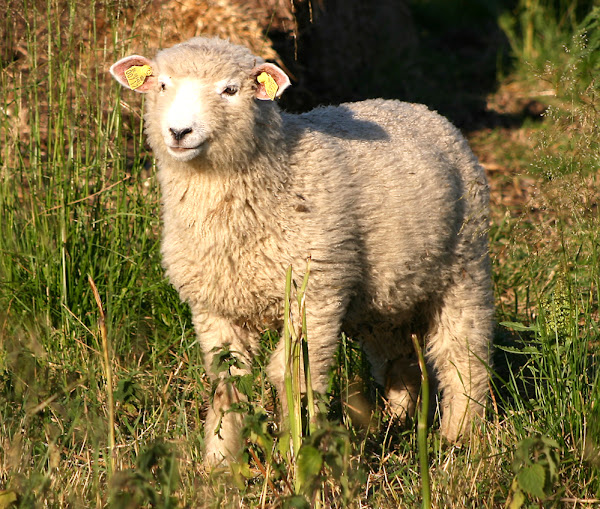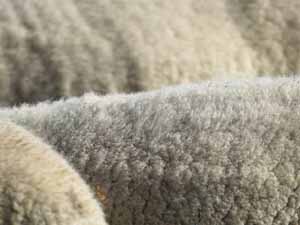The Danish Landrace sheep is a breed of domestic sheep from Denmark. It is also called dansk landfår, klitfår in Danish language and it is native to Jutland in Denmark.
The breed has developed from the Merino and Heath sheep, with early specimen interbreeding in the nineteenth century with Leicester and Oxford Down sheep.
Total population of the Danish Landrace sheep was down to almost 50 animals in 1986, with only 3 male breeders registered. But in the year of 2000, total population of these animals were approximately 370.
The Danish conservation efforts has now stabilized the Danish Landrace sheep breed, with an estimated stock of about 1100 animals and 30 registered male breeders in 28 herds in 2004.
Although the breed is still largely endangered. Read some more information about this breed below.
Danish Landrace Sheep Characteristics
The Danish Landrace sheep are medium sized animals. They are generally white in color with a gray head. They are mostly polled, with only around 10 percent horned rams.

They are double-coated and long tailed animals. Generally face and tail of the Danish Landrace sheep are spotted brown, but they are predominantly white.
Average height of the mature Danish Landrace rams is around 75 cm at the wither, and around 70 cm for the ewes.
Average live body weight of the mature ewes is between 50 and 65 kg. And average live body weight of the mature rams vary from 70 to 80 kg. Photo and info from Wikipedia.
Uses
The Danish Landrace sheep is a wool sheep breed. They are raised mainly for wool production.
Special Notes
The Danish Landrace sheep are of medium size but generally a light breed. They are very hardy and strong animals. They are thought to have survived only because they generally do well in the harsh climate and nutrient poor lands of the dune heaths of western Jutland.
They are extremely hardy than any other sheep breeds, and no other breed can compete with them in this particular habitat. But the Danish Landrace sheep generally require large areas for roaming and are quite wild breed by nature.
Fleece of the Danish Landrace sheep is of good quality. They are double coated animals and produce around 3.5 kg of fleece. Their wool is of pretty fine quality which is used in manufacturing carpets and wool blankets. The breed is not such good for meat production. However, review full breed profile of this breed in the following chart.
| Breed Name | Danish Landrace |
| Other Name | Called dansk landfår, klitfår in Danish language |
| Breed Purpose | Mainly wool |
| Special Notes | Very beautiful animals, striking appearance, especially well adapted to their local environments, very strong and hardy animals, do very well in the harsh climate and nutrient poor lands of the dune heaths of western Jutland, no other sheep breed can compete with them in such particular habitat, require large areas for roaming, quite wild breed by nature, double-coated animals, pretty fine quality fleece, wool is used for manufacturing carpets and wool blankets |
| Breed Size | Medium |
| Weight | Mature ram’s body weight is between 70 and 80 kg, and average live body weight of the mature ewes vary from 50 to 65 kg |
| Horns | Usually polled, with only 10 percent animals are horned |
| Climate Tolerance | Local climates |
| Color | White |
| Rarity | Common |
| Country/Place of Origin | Denmark |






